When it comes to learning, everyone has their own unique learning style. The three primary learning styles are visual, auditory, and kinesthetic. As a speaker or communicator, or leader, it is important to understand how to speak to each of these different types of learners. Here are some tips for how to speak to visual, auditory, and kinesthetic learners:
Visual Learners
Use visual aids such as slides, diagrams, and images to illustrate your points
Use descriptive language to create vivid mental images for the audience
Provide handouts or written materials for the audience to refer to
Use gestures and body language to enhance your message
Use color and contrast in your visual aids to make them more engaging
Auditory Learners
Speak clearly and audibly
Use descriptive language to create mental images for the audience
Repeat important points to reinforce them in the audience's mind
Use rhythm and cadence in your voice to make your message more engaging
Use music or sound effects to create a mood or tone that supports your message
Kinesthetic Learners
Provide hands-on activities or demonstrations to engage the audience
Encourage audience participation through role-playing or interactive exercises
Use physical props to illustrate your points
Use descriptive language that engages the senses (e.g. "imagine the feeling of the warm sun on your skin")
Incorporate movement into your presentation (e.g. pacing, walking around the room)
By incorporating these tips into your communication style, you can ensure that you are effectively engaging with each type of learner and delivering your message in a way that is meaningful and memorable. Remember, everyone has their own unique learning style, so it is important to be adaptable and flexible in your approach.
Do so and you will see you communications land effectively with those you engage with. If you don’t you can risk having multiple meetings to go over the same topic. Communication is crucial if we are going to lead or teach anyone.
Have a great weekend.
“Businesses wonder why it is still hard to be thought of as the brand of choice with customers. How can our business make more profitable transactions and stay out of the commodity battle with low profits? I equip your sales team to walk with the customer through the five buying decisions, and in the correct order to generate explosive revenues with greater profits!”
https://drive.google.com/file/d/1lWIVasmkFsoYL4h0AqIZgH6LC3qaw_gI/view?usp=sharing – client profile sheet
https://www.amazon.com/Sales-Process-Uncovered-Success-Influence/dp/0578421518 - Book









